Unearthing Human History: Olduvai Gorge Museum vs National Museum of Mali
Significant Archaeological Findings: A Comparative Overview
The Olduvai Gorge Museum and the National Museum of Mali both house archaeological treasures, though each tells a unique story. Situated in Tanzania, the Olduvai Gorge Museum is famously known for its archaeological findings that have contributed significantly to our understanding of human evolution.
Olduvai Gorge Museum’s primary claim to fame is its prehistoric tools and fossils. Dr. Louis Leakey and Mary Leakey unearthed a 1.75-million-year-old Homo habilis skull, dubbed ‘Olduvai Hominid 5.’ This fossil, fondly known as ‘Nutcracker Man’ due to its massive molars and robust jaw, significantly altered the narrative of human evolution. The museum also houses other critical fossils, including those of prehistoric animals that co-existed with early humans.
In contrast, the National Museum of Mali in Bamako showcases the rich cultural and historical heritage of Mali. Significant archaeological findings include the remains of the Iron Age civilization, such as terracotta statues, iron tools, and other artifacts that paint a picture of a sophisticated ancient society.
The Djenne-Djenno terracotta figures displayed in the museum are a testament to the complex societal structures that existed in West Africa during the Iron Age. These figures often depict complex hairstyles, jewelry, and even clothing details, reflecting the social status and cultural norms of that period.
The National Museum of Mali also houses artifacts from the great Mali Empire, which had profound influences on Africa’s political, cultural, and economic landscape. Gold artifacts, manuscripts, and architectural models provide insights into the empire’s grandeur and sophistication.
Both the Olduvai Gorge Museum and the National Museum of Mali provide fascinating insights into human history and evolution. Their respective findings reveal diverse narratives – from the cradle of humanity in East Africa to the flourishing civilizations in West Africa. Through their collections, these museums allow us to witness the richness of our past, helping us better understand our present and future.

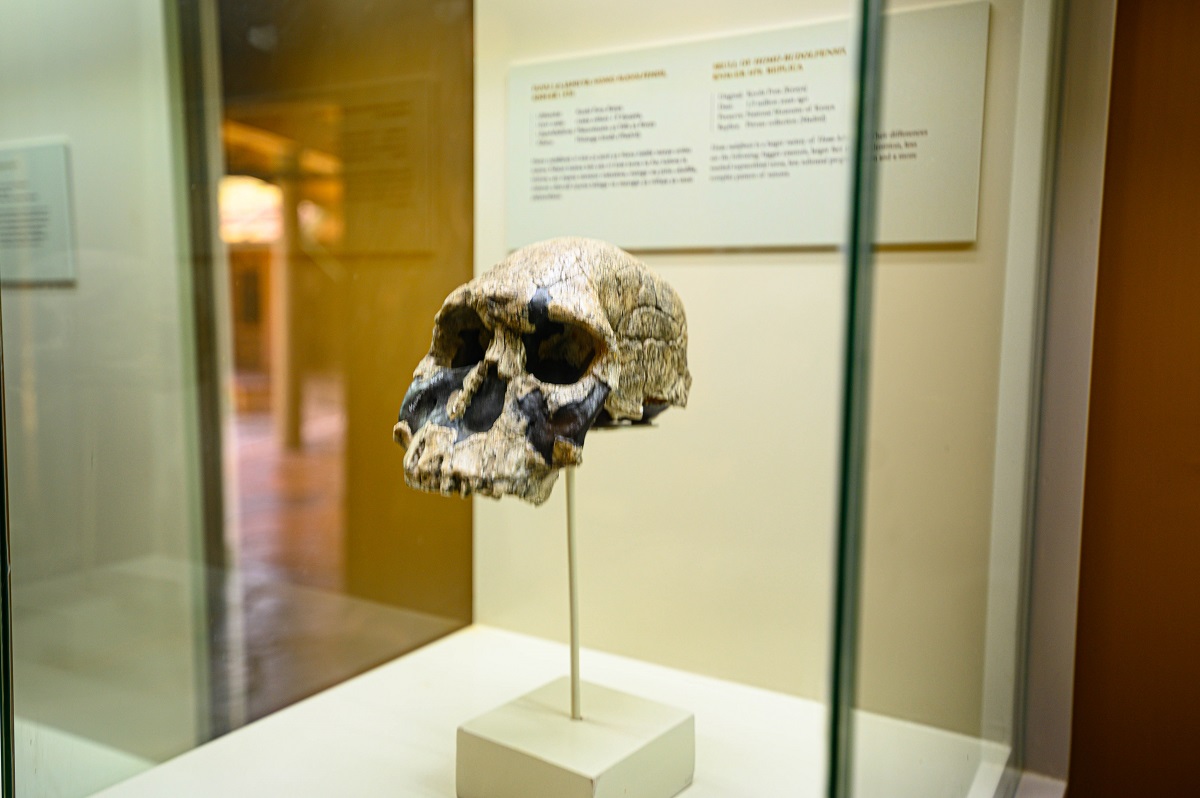
Contributions to Understanding Human Evolution: Olduvai Gorge Museum vs National Museum of Mali
The Olduvai Gorge Museum and the National Museum of Mali have played pivotal roles in expanding our understanding of human evolution and ancient civilizations. These museums are treasure troves of archaeological and anthropological artifacts that have not only reshaped our perception of history but also stimulated new scientific discussions.
At the Olduvai Gorge Museum, the discovery of early hominid fossils, especially ‘Nutcracker Man,’ has provided essential evidence of our hominid ancestors and their evolutionary journey. The remains of Homo habilis found here have solidified East Africa’s reputation as the “Cradle of Mankind”. These fossils, coupled with a plethora of stone tools from the Oldowan and Acheulean periods, show a clear evolutionary progression of tool-making techniques, reflecting cognitive advancements.
The Museum is also home to the Laetoli footprints – fossilized hominid footprints preserved in volcanic ash that provide the earliest evidence of bipedalism in our ancestors. These tangible proofs of our past reinforce our understanding of human evolution and provide scientists with the necessary data to draw connections between modern humans and their early ancestors.
The National Museum of Mali, on the other hand, offers a rich tapestry of West African history, documenting the growth and development of societies and cultures over time. The extensive collection of Iron Age artifacts, terracotta statues, and remnants of the Mali Empire add depth to our understanding of human societal evolution.
For example, the Djenne-Djenno terracotta figures reveal intricate societal structures, fashion, and cultural norms. Such artifacts underscore how society has evolved over time, from simple hunter-gatherer communities to complex, hierarchical societies with distinct cultural identities. The story of human evolution, in this case, is told through societal progression rather than biological evolution.
Through their distinct yet interconnected collections, the Olduvai Gorge Museum and the National Museum of Mali both contribute to an overarching narrative of human evolution, whether biological or societal. The value of these contributions is immeasurable, as they provide us with a deeper understanding of our shared history and heritage.
Educational Programs: Expanding Knowledge Dissemination at the Olduvai Gorge Museum and National Museum of Mali
Museums are not only repositories of cultural heritage but also vital educational platforms that disseminate knowledge to a diverse audience. The Olduvai Gorge Museum and the National Museum of Mali both prioritize education and outreach to facilitate learning and create an informed public.
The Olduvai Gorge Museum collaborates with local schools and organizations to offer educational programs centered on human evolution and archaeology. These programs include guided tours of the museum and gorge, workshops on early tool-making techniques, and interactive discussions on hominid fossils. The museum’s initiatives cater to a variety of learning styles, providing hands-on experiences that enhance conventional classroom education.
In a similar vein, the National Museum of Mali is deeply invested in its educational outreach. It hosts a variety of educational programs, including tours, workshops, and exhibitions that delve into Mali’s rich cultural and historical heritage. The museum also organizes cultural events such as traditional music and dance performances, storytelling sessions, and craft workshops that provide experiential learning opportunities.
Furthermore, the National Museum of Mali fosters youth engagement through its children’s museum, which offers interactive exhibits and educational games designed to spark curiosity and promote learning among younger visitors.
Both the Olduvai Gorge Museum and the National Museum of Mali underscore the importance of museums as educational institutions. Their programs extend beyond the museum walls to reach a wider audience, promoting a broader understanding of human history and evolution.
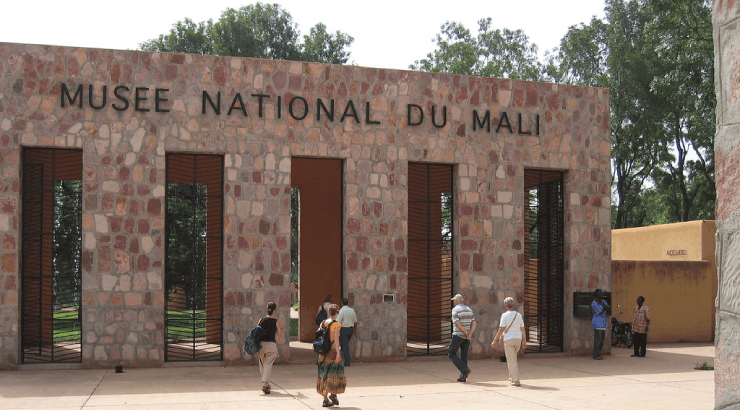
Preservation and Digital Archiving: The Olduvai Gorge Museum and the National Museum of Mali
As stewards of our shared cultural heritage, both the Olduvai Gorge Museum and the National Museum of Mali place a significant emphasis on preservation and digital archiving. These practices ensure that their vast collections remain intact for future generations to study and appreciate.
The Olduvai Gorge Museum is committed to the physical preservation of its hominid fossils and stone tools. Specialized curators employ a range of preservation techniques, from climate-controlled display cases to periodic restoration processes. However, understanding the growing need for digital accessibility, the museum has also embarked on the journey to create digital archives. These archives allow virtual visitors to explore the museum’s collection and learn about our early ancestors, no matter where they are in the world.
The National Museum of Mali, with its vast array of artifacts, faces similar challenges and employs similar strategies. Preservation methods are routinely updated to ensure the longevity of the artifacts, many of which are fragile due to their age. Additionally, the museum has recognized the importance of digitization in promoting accessibility and preservation. By digitizing their collections, the museum ensures that Mali’s rich history is available to everyone, thereby broadening the scope of learning and research.
In summary, while the preservation techniques may differ based on the type and condition of the artifacts, both museums’ dedication to maintaining and safeguarding their collections is evident. By incorporating digital archiving into their preservation strategies, they contribute to the broader mission of global heritage conservation.
Collaborations with African Artists: Expanding Cultural Dialogues at the Olduvai Gorge Museum and the National Museum of Mali
The Olduvai Gorge Museum and the National Museum of Mali not only preserve and display archaeological and historical artifacts, but they also engage actively with contemporary culture. Collaborations with African artists form a vital part of their strategy to expand cultural dialogues and ensure that museums remain relevant and dynamic spaces.
At the Olduvai Gorge Museum, collaborations with artists involve projects that blend the line between science and art. Artists are often invited to create art installations inspired by the museum’s collections. These installations provide fresh perspectives on the museum’s exhibits, allowing visitors to engage with the subject matter on a more personal and emotional level.
On the other hand, the National Museum of Mali is known for its regular collaborations with local artists. These collaborations, often highlighted in the museum’s special exhibitions, demonstrate the museum’s commitment to contemporary Malian art. Such engagements not only provide a platform for artists but also encourage visitors to engage with current cultural dialogues. These dialogues, as emphasized in the Museum of Modern African Art’s article, play a pivotal role in shaping the understanding of Africa’s vibrant cultural scene.
Moreover, these collaborations demonstrate how museums can go beyond their traditional roles, fostering a creative space where past and present coalesce. By inviting contemporary artists to engage with historical collections, the Olduvai Gorge Museum and the National Museum of Mali highlight the ongoing relevance of their artifacts and the continuous narrative of human cultural evolution.
| Day | Opening Hours |
|---|---|
| Monday | 9 a.m. to 5 p.m. |
| Tuesday | 9 a.m. to 5 p.m. |
| Wednesday | 9 a.m. to 5 p.m. |
| Thursday | 9 a.m. to 5 p.m. |
| Friday | 9 a.m. to 5 p.m. |
| Saturday | 9 a.m. to 5 p.m. |
| Sunday | 9 a.m. to 2 p.m. |
Promoting Traditional Knowledge and Wisdom: A Focus on the Olduvai Gorge Museum and National Museum of Mali
The Olduvai Gorge Museum and the National Museum of Mali play an essential role in promoting traditional knowledge and wisdom. They act as conduits for preserving indigenous cultural heritage, fostering a deeper understanding and appreciation of their respective local cultures.
The Olduvai Gorge Museum, while primarily known for its contributions to paleoanthropology, also emphasizes the traditional knowledge of the local Maasai people. The museum incorporates Maasai cultural artifacts and traditional narratives into its exhibits, ensuring that the story of human evolution told at Olduvai Gorge is not devoid of its present cultural context.
In a similar vein, the National Museum of Mali places considerable emphasis on showcasing and celebrating Mali’s indigenous knowledge and wisdom. Traditional handicrafts, music, oral histories, and customs are an integral part of the museum’s exhibits. The museum’s Ethnographic Pavilion, for instance, displays traditional Malian textiles, agricultural tools, and musical instruments, offering visitors a glimpse into the rich tapestry of Malian culture.
By incorporating indigenous knowledge into their educational programs and exhibits, both museums help celebrate tradition and wisdom, fostering respect for cultural diversity and enriching our understanding of human history.
Contributions to the Tourism Industry: Olduvai Gorge Museum and National Museum of Mali
Museums, with their unique ability to preserve and present cultural heritage, often play a significant role in promoting tourism. The Olduvai Gorge Museum and the National Museum of Mali are no exception, each contributing to their respective countries’ tourism industry in meaningful ways.
The Olduvai Gorge Museum is a significant tourist attraction in Tanzania, drawing visitors from around the world interested in human evolution and archaeology. The museum, located within one of the most important paleoanthropological sites globally, provides tourists with an opportunity to explore the “Cradle of Mankind.” Moreover, its proximity to the Serengeti National Park adds to its appeal, making it a vital component of the Tanzanian tourist circuit.
The National Museum of Mali, located in Bamako, serves as a beacon of Malian culture and history, attracting both domestic and international tourists. Its extensive collection of Malian art, historical artifacts, and ethnographic displays offer visitors a comprehensive insight into the region’s rich heritage. Cultural events, workshops, and guided tours further enhance its attractiveness, making it a must-visit destination for anyone visiting Mali.
By attracting tourists, these museums not only generate economic benefits but also promote cultural exchange and understanding. As gateways to their respective countries’ rich histories, they play a crucial role in shaping visitors’ perceptions and experiences, adding to the cultural richness that makes each destination unique.
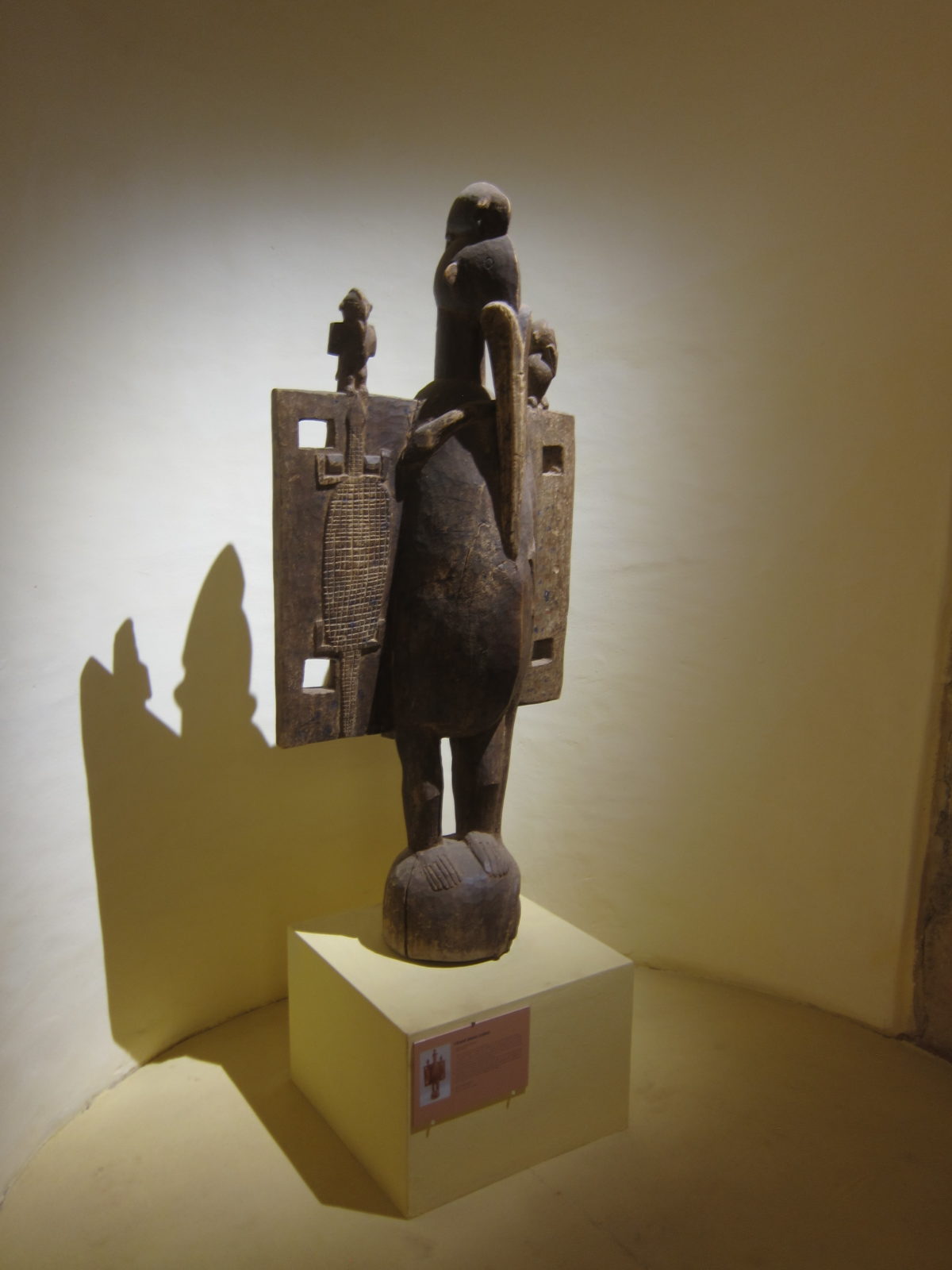
Ensuring Exhibit Accessibility: The Olduvai Gorge Museum and National Museum of Mali
Accessibility is a crucial aspect of any museum’s mission, and both the Olduvai Gorge Museum and the National Museum of Mali have made significant strides in this regard. These institutions are continually working to ensure that their exhibits are accessible to all, breaking down barriers and opening up educational opportunities for diverse audiences.
The Olduvai Gorge Museum has made concerted efforts to ensure that its exhibits are accessible to both local and international visitors. Interpretive signage and information are provided in multiple languages, and the museum offers guided tours to help visitors understand the significance of the displayed artifacts. Furthermore, pathways and facilities within the museum have been designed to accommodate visitors with mobility issues, ensuring that everyone can explore the exhibits comfortably.
In addition to physical accessibility, the museum has also embraced the digital revolution. The digital archives of the Olduvai Gorge Museum enable virtual visitors to explore its collection and learn about human evolution from anywhere in the world, bridging geographical barriers.
Similarly, the National Museum of Mali has adopted inclusive strategies to ensure its exhibits are accessible to a broad audience. Informational materials are available in multiple languages, catering to Mali’s linguistic diversity and international visitors. The museum also provides guided tours and educational programs tailored to different age groups and learning needs.
The museum’s Children’s Museum, with its interactive exhibits and games, demonstrates a keen understanding of accessibility for younger audiences. Additionally, the museum’s push towards digitization, although still in progress, promises to extend its reach even further.
Historical and Political Influence on Operations: Olduvai Gorge Museum and National Museum of Mali
Historical and political factors significantly shape a museum’s operations, influencing everything from the type of collections they house to their methods of interpretation and display. The Olduvai Gorge Museum and the National Museum of Mali are no exception to this, with their histories being deeply entwined with the political and historical context of their respective regions.
The Olduvai Gorge Museum, located in a country that has enjoyed relative political stability, has been able to steadily expand its operations and outreach over the years. The Tanzanian government’s recognition of the museum’s value – both as a research center for human evolution and a tourist attraction – has helped secure the necessary funding and support for its operations.
The National Museum of Mali, however, has had to navigate a more complex political landscape. In the wake of political instability and conflict in Mali, the museum has faced significant challenges, including threats to its physical collection. However, it has shown resilience in its efforts to preserve and protect Mali’s cultural heritage. Despite these challenges, the museum continues its mission, serving as a potent symbol of cultural endurance and unity.
In both cases, the museums’ response to their political and historical circumstances reflects their commitment to their mission. These institutions continue to adapt, innovate, and persevere, ensuring the preservation, interpretation, and dissemination of our shared human heritage.
| Olduvai Gorge Museum | National Museum of Mali | |
|---|---|---|
| Significant Archaeological Findings | Hominid fossils, stone tools | Iron Age artifacts, terracotta figures, Mali Empire artifacts |
| Contributions to Understanding Human Evolution | Early hominid fossils, tool-making techniques | Societal structures, cultural artifacts |
| Educational Programs | Guided tours, workshops, interactive discussions | Tours, workshops, cultural events, children's museum |
| Preservation and Digital Archiving | Physical preservation, digital archives | Physical preservation, digital archiving |
| Artist Collaborations | Art installations inspired by collections | Regular collaborations with local artists |
| Promoting Traditional Knowledge and Wisdom | Incorporates Maasai cultural artifacts and narratives | Displays traditional Malian textiles, tools, music, and oral histories |
| Contributions to the Tourism Industry | Significant tourist attraction in Tanzania | Major cultural destination in Mali |
| Exhibit Accessibility | Multilingual signage, accessible pathways, digital archives | Multilingual materials, guided tours, Children's Museum, digitization |
| Historical and Political Influence | Steady expansion due to relative political stability | Continual operation despite political instability and conflict |
FAQ
What are the significant archaeological findings at the Olduvai Gorge Museum and the National Museum of Mali?
- The Olduvai Gorge Museum is known for its hominid fossils and stone tools, which have significantly contributed to our understanding of human evolution. On the other hand, the National Museum of Mali showcases a wide array of Iron Age artifacts, terracotta figures, and Mali Empire artifacts, highlighting the rich cultural and historical heritage of Mali.
How have the discoveries at both museums contributed to our understanding of human evolution?
- The Olduvai Gorge Museum, through its discovery of early hominid fossils and demonstration of the progression of tool-making techniques, provides essential evidence of human evolution. The National Museum of Mali offers a comprehensive insight into human societal evolution through its displays of complex societal structures, cultural norms, and artifacts from the grand Mali Empire.
What kinds of artifacts are on display at both museums, and how do they represent their respective regions?
- The Olduvai Gorge Museum in Tanzania displays hominid fossils and stone tools that signify East Africa as the "Cradle of Mankind". In contrast, the National Museum of Mali displays Iron Age artifacts, terracotta statues, and Mali Empire artifacts, representing the rich cultural and historical heritage of West Africa.
How do the educational programs at both museums help disseminate knowledge about human evolution?
- Both museums host various educational programs. The Olduvai Gorge Museum provides guided tours, workshops, and interactive discussions on hominid fossils and archaeology. The National Museum of Mali hosts tours, workshops, cultural events, and special exhibits for children, aimed at promoting a broader understanding of Mali's rich cultural and historical heritage.
How do both museums handle the preservation and digital archiving of their collections?
- Both museums are committed to the preservation of their collections through various techniques and the creation of digital archives. These practices ensure the collections remain intact and accessible to future generations for study and appreciation.
How do the collaborations with African artists at both museums contribute to cultural dialogues?
- Both museums engage in collaborations with African artists, creating a space where past and present coalesce. These collaborations provide fresh perspectives on the museums' exhibits, invite cultural dialogues, and highlight the ongoing relevance of their artifacts.
What roles do both museums play in promoting and celebrating traditional knowledge and wisdom?
- Both museums play significant roles in promoting and celebrating traditional knowledge and wisdom. They incorporate indigenous knowledge into their exhibits and educational programs, fostering respect for cultural diversity and enriching our understanding of human history.
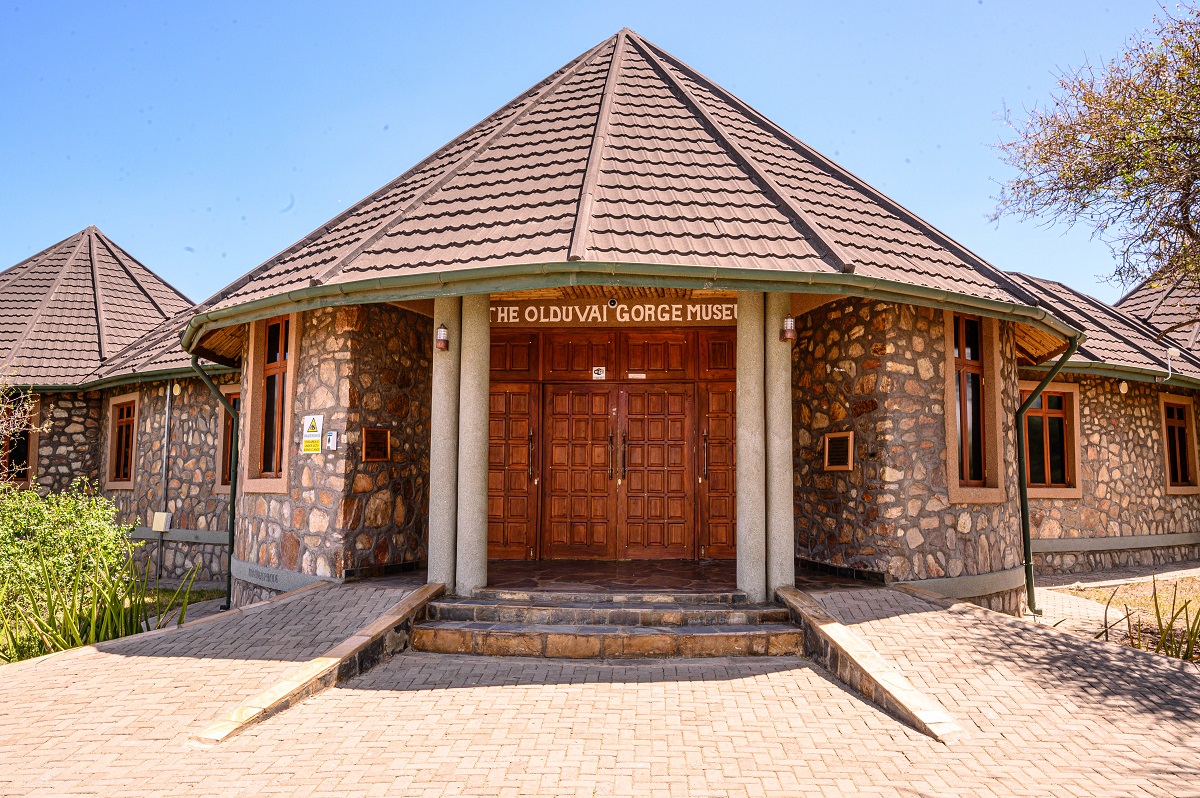

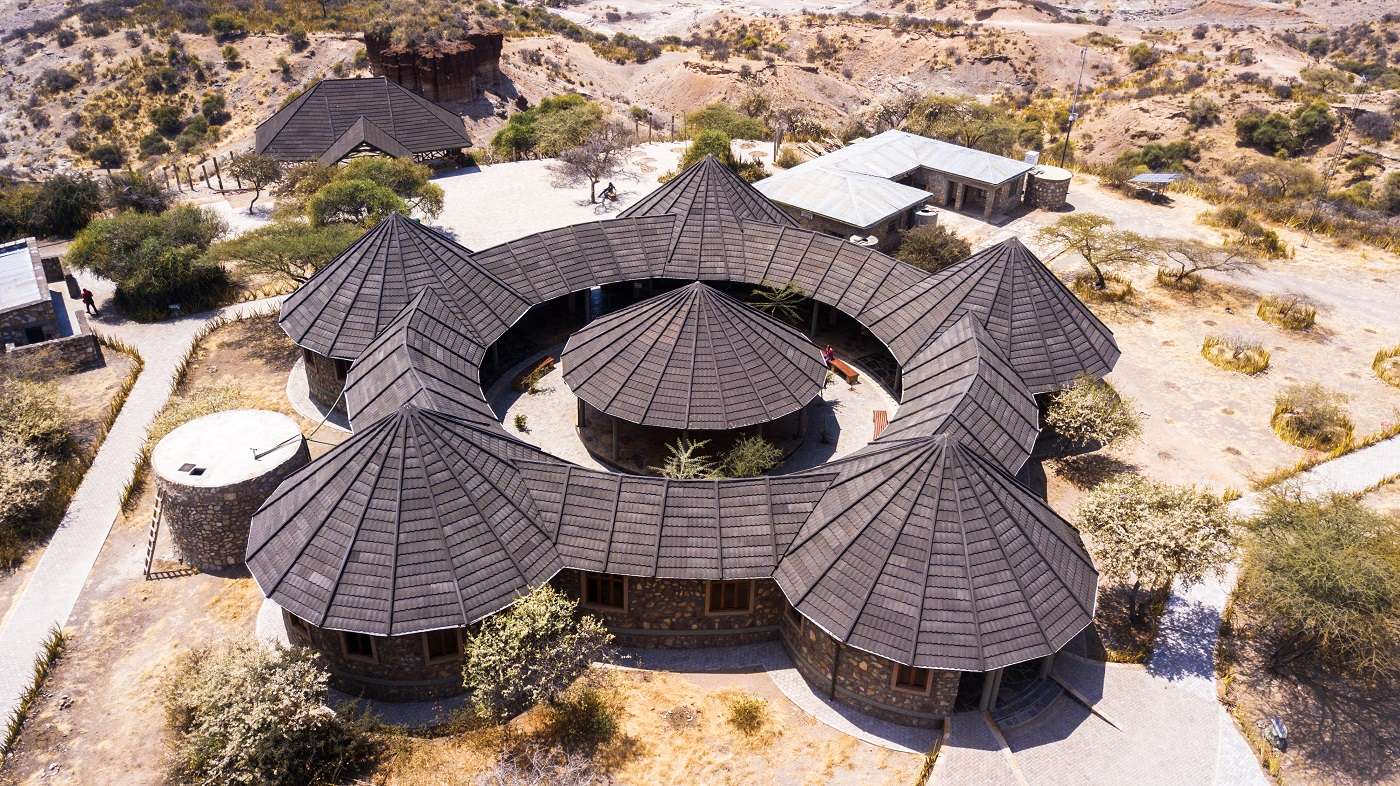
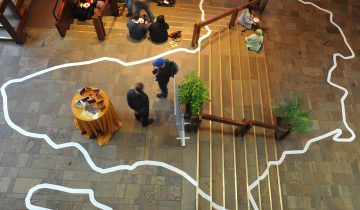

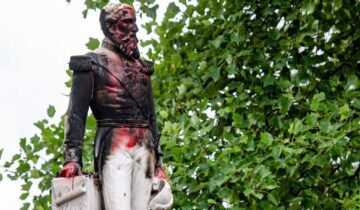
 No products in the basket.
No products in the basket.